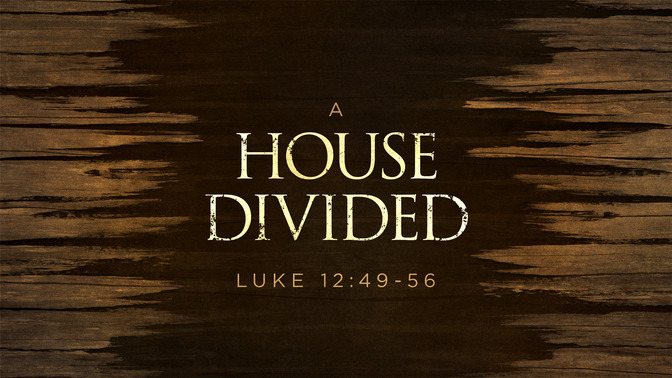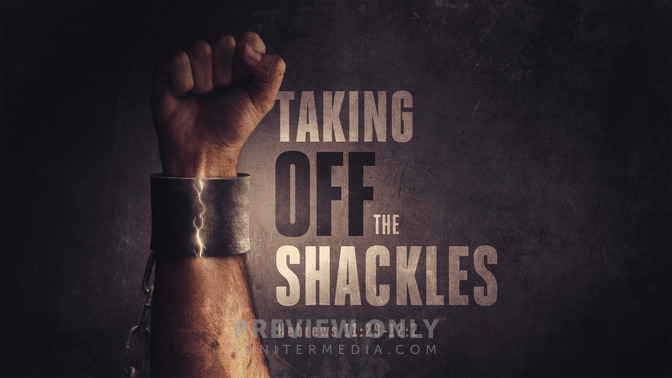When God creates humans, he pronounces them “very
good/beautiful” (Gen. 1:31). They are designed to be
magnificent visual displays of God’s character (1:26–27).
Human sexuality originally is set in a context of overwhelming
beauty. God’s first command is to reproduce and extend this
paradise throughout the earth (1:28). Human sexuality is not simply a
mechanism for reproduction. From the outset it has been about
completion, without which there is loneliness (2:18).
Although
the Bible does not define the distinctives of masculinity and
femininity in any detail, it does defend that there are distinctions
between the genders. Behaviors that confuse the genders are
explicitly condemned (Deut. 22:5; 1 Cor. 6:9; 11:4–16).
Homosexual
intercourse (Lev. 18:22; 20:13; Rom. 1:24–27; 1 Cor. 6:9;
1 Tim. 1:10) and intercourse with an animal (Exod. 22:19; Lev.
18:23; 20:15–16; Deut. 27:21) are violations of God’s
created order.
Nakedness
“Nakedness”
is confined to the genitals and buttocks (Exod. 20:26; Isa. 20:2–4;
Ezek. 23:18, 29; Nah. 3:5) and, after the fall, is synonymous with
shame (Gen. 3:7–10; 1 Sam. 20:30; Isa. 47:3; Jer. 13:26;
Mic. 1:11; Nah. 3:5; Rev. 3:18; cf. Rom. 1:23–24; 1 Cor.
12:23–24). A woman’s breasts are recognized as erotic
(Prov. 5:19; Ezek. 23:3, 21) but not shameful. God slaughters an
animal in order to cover nakedness (Gen. 3:21). Ultimately, when sin
and death are removed and the body raised, the redeemed will have no
shame and will be clothed only in their righteousness (Rev. 19:5–9).
Exposing
nakedness is an action used to humiliate enemies (2 Sam. 10:4–5;
1 Chron. 10:9; Isa. 47:3). Jesus is stripped naked (Matt. 27:28,
35–36). Violating another’s nakedness includes touching
or seeing (Deut. 25:11) and produces extreme personal disgrace (Lev.
18:6–19 NASB; Hab. 2:15–16). It is an act of grace to
cover another’s nakedness (Isa. 58:7; Ezek. 18:7, 16). To even
talk or laugh about inappropriate exposure brings dishonor (Gen.
9:21–23). The overarching principle is purity (Lev. 18:24).
Marriage
and Adultery
Although
damaged by sin, marriage continues to be the ultimate human
relationship involving intimacy, privacy, and liberty. Marriage is
defined by a covenant—a contract witnessed and enforceable, not
just a promise made in private. The couple separate from their
parents to become “one flesh” (Gen. 2:24).
Once
the marriage contract is agreed upon, the couple are married. They
cannot consummate the marriage until the economic commitments of the
contract have been delivered (Matt. 1:18; 25:1–13). This is
celebrated with a feast. Jesus uses this custom as an analogy for his
departure and return (John 14:1–3).
Paul
commands husbands to love their wives (Eph. 5:25–33; cf. Gen.
24:67; 29:20; 1 Sam. 1:5; Eccles. 9:9; Song 8:6–7).
Nowhere in the Bible is a wife commanded to love her husband, though
older women should teach younger women to do so (Titus 2:3–4).
Love is the husband’s responsibility. Love is a command that
can be obeyed, not just a pleasurable feeling over which one has no
control. The model of husbandly love is Jesus laying down his life
for his people.
The
ecstasy of making love is celebrated in the erotic Song of Songs,
which holds out the hope of such marital delight even now. The axiom
of marriage is a righteous jealousy (cf. Exod. 20:5; 34:14; Num.
5:14, 30; Prov. 6:34).
The
first year of marriage is especially important and is protected by
exemption from military service (Deut. 20:7; 24:5).
When
a man dies without a male heir, his widow’s possession of that
part of the family estate can result in her marrying a man from
another family and so alienating that land. This can be resolved
either by the injustice of eviction or by the device of levirate
marriage. The nearest male relative of the deceased husband marries
the widow, and their son then inherits the deceased husband’s
name and title to the land (Deut. 25:5–10; cf. Gen. 38; Ruth).
Concubines
are wives from poor families, slaves, or captives, and their
marriages are protected (Exod. 21:7–9; Deut. 21:11–14).
Rape
of a married woman constitutes adultery by the rapist, not the
victim. Consensual sex with a married woman is adultery by both
parties. Rape of a single woman is treated as fornication, with no
blame attached to the woman. Her father has the option of letting her
marry the man or receiving significant financial compensation (Exod.
22:16–17; Deut. 22:23–27). Her father has the right to
take the money and refuse the marriage. To falsely accuse a woman of
adultery is a crime (Deut. 22:13–21).
Prostitution
is an extreme form of adultery or fornication and totally forbidden
(Lev. 19:29; Deut. 23:17). Under the new covenant, this warning is
heightened by the reality of the gift of the Holy Spirit transforming
each believer into the temple of the Lord (1 Cor. 6:15–20).
Originally,
marriage between siblings is implied (Gen. 4:17, 26; 5:4). Abram
married his half sister, Sarai (Gen. 20:12; cf. Gen. 11:29; Num.
26:59). The Mosaic covenant at Sinai bans marriage to blood
relationships closer than first cousins and to in-laws (Lev. 18:6–30;
cf. 2 Sam. 13; 1 Cor. 5:1).
Polygamy
occurs soon after the fall (Gen. 4:19–24). It is never
explicitly forbidden in the Bible, but it is managed by OT law so as
to restrain further injustice and damage. It is always seen as less
than satisfactory (cf. Gen. 29–30; 1 Sam. 1:6; 2 Sam.
13; 1 Kings 1–2; 11). In the NT, monogamy is mandatory for
those who would lead the church (1 Tim. 3:2, 12; Titus 1:6).
(See also Premarital and Extramarital Sex.)
Self-Control
and Purity
The
violation of sexual purity is a decision of the heart (Ezek. 23:11;
Matt. 5:28). The biblical concept of lust entails more than just
physical arousal. It involves a strong desire for/coveting of (cf.
James 1:14–15) something that one has no right to acquire. This
establishes both the need for self-control (Titus 2:5–6) and
the availability of appropriate options (1 Cor. 7:2, 5, 9).
Masturbation is nowhere mentioned in the Bible (Gen. 38:9 is about
failure to fulfill the levirate). The critical issue is lust.
Sexual
misconduct is never the responsibility of the victim (Deut. 22:25).
Nevertheless, for reasons of personal safety as well as out of
concern for one another, the family of Christ must practice modesty
in dress (1 Tim. 2:9) and consider how to build one another up
rather than put stumbling blocks in each other’s way.
God
always provides the believer with what is necessary to resist
temptation and make the right choices (1 Cor. 10:13).
Consequently, a significant aspect of every parent’s role is to
teach godly sexual wisdom to children before they face such
challenges (cf. Prov. 1–9).
The
gospel requires us to view sexuality from a wider perspective.
Reproduction also occurs through the preaching of the gospel, calling
forth new birth and a new people (Matt. 28:18–20). This gospel
call will divide families (Luke 12:53). Singleness is no barrier to
one’s ability to fulfill the command to multiply and fill the
earth (Isa. 56:3–8). In times of distress it may be better to
remain single (1 Cor. 7, esp. v. 26). This is also a gift
of God (1 Cor. 7:7), given to equip one for the fulfillment of
the gospel commission.


